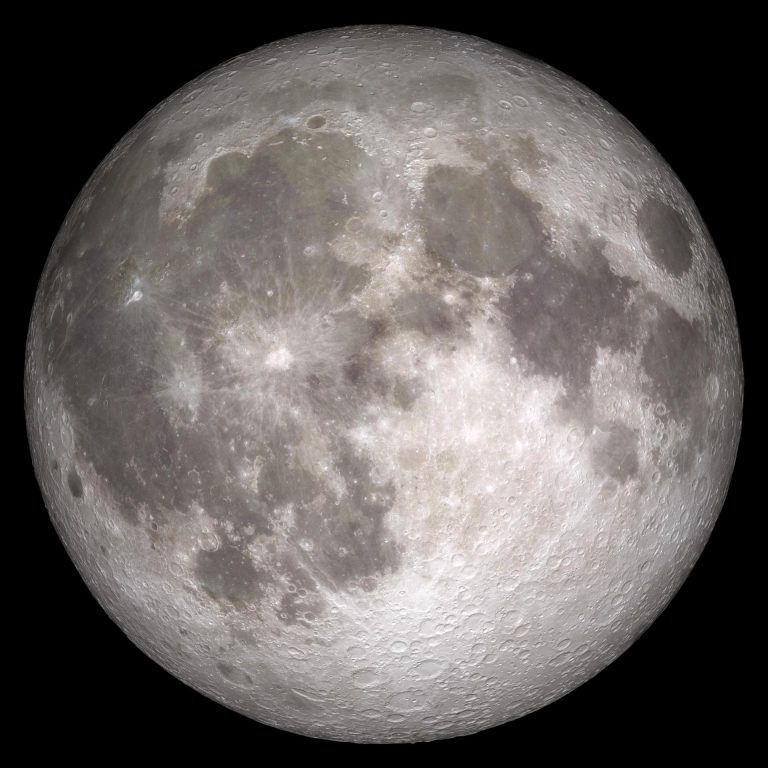 To celebrate the 50th anniversary of the Apollo Moon missions we have been looking at which of our resources could help visitors interact with the objects in our Exploring Space gallery. Instead of re-inventing the wheel we reflected on what we already have to see if we could adapt a pre-existing format. We decided that adapting our original Chatterbox Challenge would make for a good starting point.
To celebrate the 50th anniversary of the Apollo Moon missions we have been looking at which of our resources could help visitors interact with the objects in our Exploring Space gallery. Instead of re-inventing the wheel we reflected on what we already have to see if we could adapt a pre-existing format. We decided that adapting our original Chatterbox Challenge would make for a good starting point.
The Chatterbox Challenge: Space is available to download from the Learning Resources website.
Our Chatterbox Challenge trails are based around the paper fortune teller format. They do not guide visitors to specific objects, but instead act as a random challenge generator with quick and simple easy to understand challenges, such as “find something that would make a sound” or “find something your grandparents might have used”. They invite people to interpret what that challenge means to them and to follow their own path as they explore the museum.
The design of the Chatterbox Challenge was developed with our science capital reflection points in mind. The main point considered is that the visitors take confidence and ownership of their own experience. The Chatterbox Challenge gives free reign for visitors to follow their own interests and gives them choice and control over their visit, whilst also providing structure to help those that might not feel confident engaging with museum exhibits.
The challenges themselves help to promote science talk. Many of the challenges encourage discussion in groups, or between individuals, as well as highlighting objects in the galleries that link to everyday life.
Adapting this resource to a space theme did have some challenges. By dictating the topic straight away, you already create a restriction which might not be in the visitor’s interest. To overcome this we tried to include a range of different challenges that involved spotting colours and patterns, recognising science skills, and discussing questions about space exploration in general. This gives visitors freedom to interpret the gallery in a way that suits them, whilst still giving them framework with which to do so.
The challenges cover a range of aspects of the space topic. We want visitors to appreciate and recognise the amount of work that goes into a space mission and recognise that it’s not just about the astronauts themselves. Engineers carefully think about the shape and design of rockets, doctors help shape the technology that allows humans to live in microgravity, and psychologists carefully consider individual personality types to create the perfect crew. Hopefully, by highlighting the breadth of careers involved in such missions, we can show that there is a part for everyone to play in the future of space exploration, should they want to.